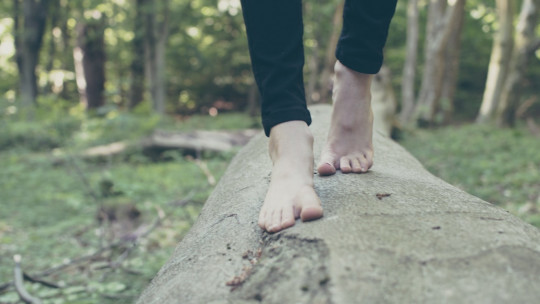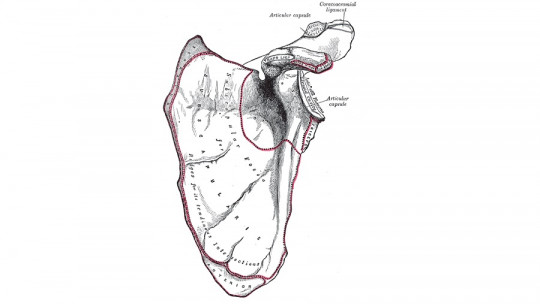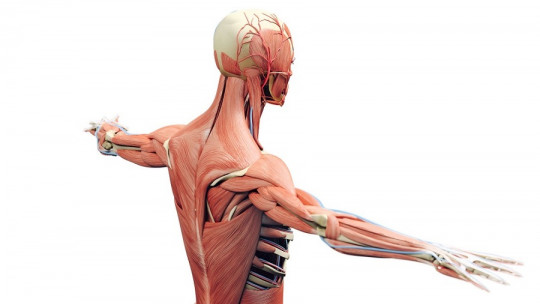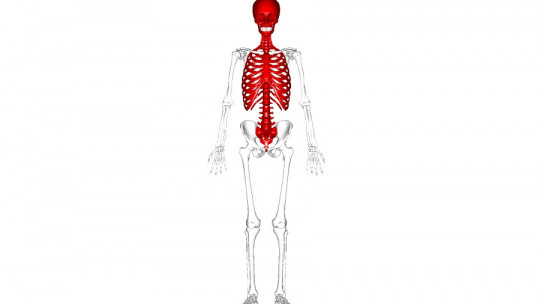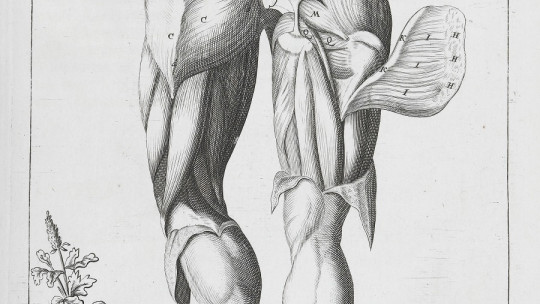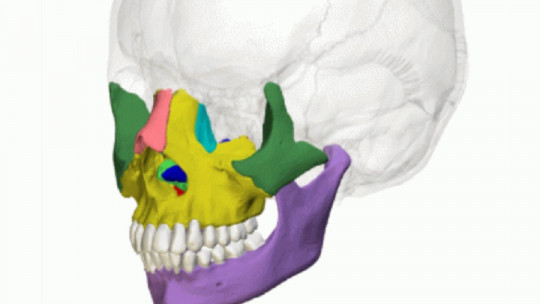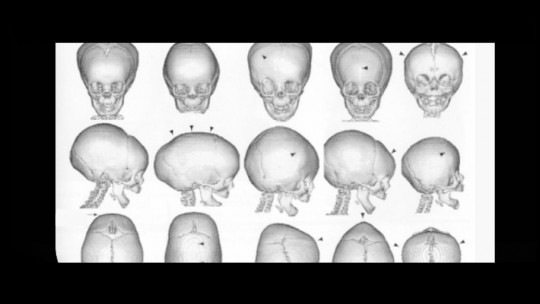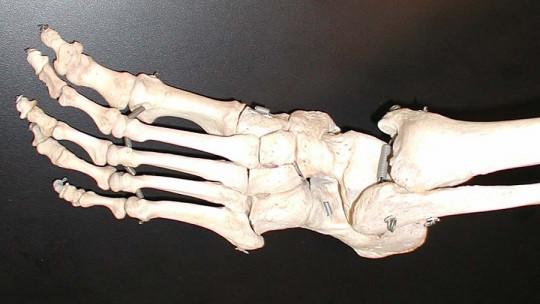
How many bones are there in each foot? It is very likely that the part of the human body that we most forget about is the foot. It is down there and always wrapped in a sock, sneakers or summer flip-flops, almost invisible. Now, this limb is one of the structures of the human body that has the most bones, along with the hands.
Practically half of all the bones in our body are concentrated in both extremities. No more and no less than 26 bones in each foot. However, How are the bones of the human foot organized? Let’s see it.
The 3 parts of the human foot according to its bones
The human foot represents a fundamental part of our body, since they are our main engine for correct mobility, as well as the support to keep us upright. The curiosity lies in the complexity of its bone formation. As we saw in the previous section, the foot is made up of more than twenty bones divided into three different groups, which are the phalanges, the tarsus and the metatarsus.
At this point we will give a brief description of the three parts of the bones of the human foot

1. The tarsus
The tarsus connects the foot to the tibia and fibula, which has 7 bones such as the calcaneus, talus, cuboid, navicular and, finally, the internal, middle and external cuneiform bones. In this set of bones, the position of some depends in part on muscle movements, but there are exceptions, such as the talus, whose position depends solely on where the bones that surround it are located.
2. The metatarsus
There are five bones that make up the metatarsus, the metatarsal ossa in medical terms: first metatarsal, second metatarsal, third metatarsal, fourth metatarsal and fifth metatarsal.
They look like the inside of the toes, that is, the projections at the tip of which the phalanges protrude from their most distal joint. However, they are much less flexible, as they go inside the foot and shape its rather rigid structure.
3. The phalanges
It is one of the most complex parts of the human foot bones, since the phalanges consist of 14 bones in total. There are three phalanges for each toe (except the thumb, which only has two) and they are separated by three sections: proximal, middle and distal phalanx.
Although on the surface the toes appear very simple (partly due to their small size and reduced mobility), We must not forget that they have evolved from much more articulated feet present in most primates, and that they were adapted to an arboreal life. That is, they are atrophied versions of anatomical structures similar to human hands, and although they are not functionally complex, they are anatomically complex, because they preserve their basic structure.
The most common foot injuries
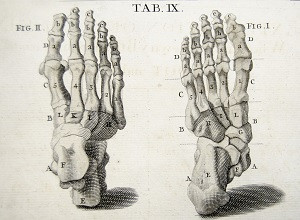
Certainly, the foot has a high injury rate taking into account the function that is so basic for the functioning of the human body. The foot is a member that, apart from its 26 bones, It has 33 joints and about 120 tendons, ligaments and various muscles Therefore, there are common injuries that affect a significant part of the population.
Flat feet or “falling arches” represent 70% of human foot injuries. In this case, the specialist podiatrist will recommend insoles to correct the curvature of the plant. Overweight is an extremely incisive factor in this type of problems, so having correct control of body weight will avoid future complications.
The so-called “bunions” also cause a headache for more than one person. These form a hard mass in the big toe joint that noticeably uncomfortable when moving this area as well as calluses, the result of friction/friction and the pressure exerted by footwear on the toes.
Some recommendations
Taking into account the importance of the foot, it is important to take into consideration some recommendations for good care of the bones and joints that make it up. The bones of the foot, if broken, They are generally complicated to cure since no finger can be cast to straighten the break or accelerate bone regeneration.
We must also worry about hygiene, professionals warn, since the feet are carriers of bacteria and microbes that seep under the nails and hairs on the fingers Keeping your feet dry, clean and with your nails well trimmed will prevent many painful infections that often produce bad odors.
Good footwear is another precaution to take into account, since foot discomfort causes hip, back and neck pain.

